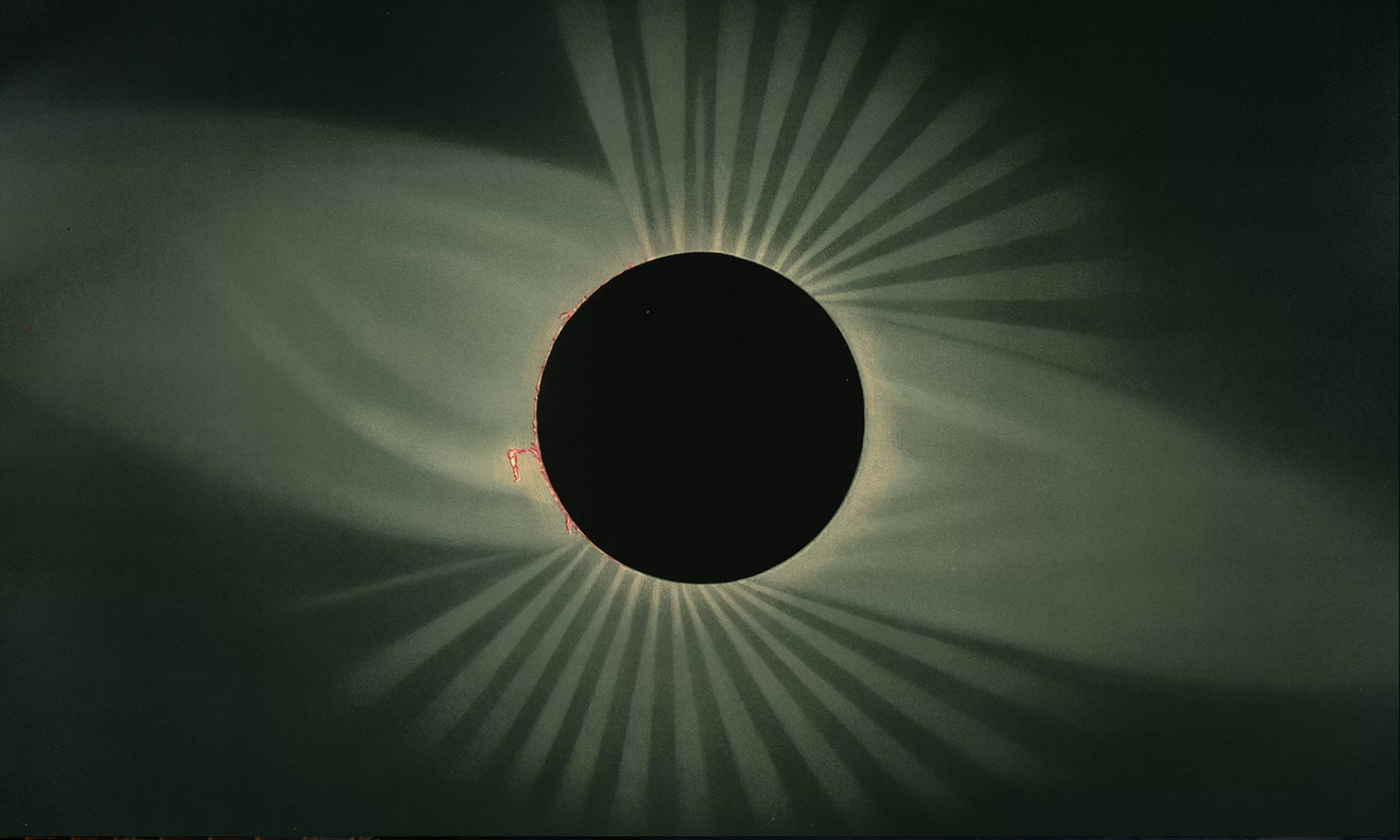Where to Watch the 2017 Solar Eclipse Online
Want to see the 2017 Solar Eclipse as it's meant to be viewed? Here are the best places to watch.
For the first time in a long time, those of us in the U.S. will have the opportunity to experience a total solar eclipse today, August 21.
Folks interested in seeing the phenomenon can go outside, and with special solar eclipse glasses, watch as the moon moves between Earth and the sun, creating an experience we might only see on a few occasions in our lifetime.

But those who want to see the full solar eclipse should know that the sweet spot is only about 70 miles wide and stretches across the center of the country. All others living across the U.S. will be left with a partial eclipse due to the angle at which they’re viewing it.
Fortunately, thanks to a host of streaming services, hundreds of millions of people in the U.S. are expected to watch live feeds of the full and total solar eclipse live as it happens. Here are the best places to watch the eclipse as it's meant to be viewed.
NASA TV
The National Aeronautics and Space Administration (NASA) will play a prominent role in the total eclipse streaming on Aug. 21. The company has confirmed that programming for the eclipse will begin at 12 p.m. ET and the “main show,” which will cover the total eclipse, kicks off at 1 p.m.
You’ll be able to watch NASA’s live stream on its official apps for iOS, Android, and Amazon Fire/Fire TV, as well as on the NASA app for Apple TV. If you’re on social, you can watch the stream on Facebook Live, Twitter/Persicope, Twitch, Ustream, and YouTube.
NASA will also stream the event on its website.
Sign up to get the BEST of Tom's Guide direct to your inbox.
Get instant access to breaking news, the hottest reviews, great deals and helpful tips.
Eclipse Ballooning Project
The Eclipse Ballooning Project is a cohort of students at high schools and universities, as well as NASA scientists, that has commissioned balloons to fly at high altitudes and monitor the eclipse.
According to the project’s page, students will deploy balloons at 25 locations and will stream live the views from those balloons. If you want to watch that stream, you can see it here.
NASA EDGE
NASA EDGE is an offshoot of NASA’s traditional programming. It takes a bit of a harder look at science and advancement and appears to be unscripted and more focused on the “edgier” side of NASA’s operation. NASA EDGE will also stream the eclipse live, and will do so on its Ustream page. Look for some insight from NASA scientists, as well.
Slooh
Slooh is one of the more interesting sites in this roundup, giving you access to telescopes around the world so you can track asteroids and planets and generally peer into space, all from the comfort of your home.
Slooh has deals in place to deliver online access to telescopes around the world, and one of them is in Stanley, Idaho — a telescope that just so happens to be in an ideal spot to view the total eclipse.
On Aug. 21, Slooh will stream live the total eclipse from Stanley, Idaho, giving you a great look at the event.
The Exploratorium
The Museum of Science, Art and Human Perception’s Exploratorium is also getting into the total eclipse fun. The organization has a free app, called the Total Solar Eclipse, that will let you access live video streams of the eclipse across the U.S. The views will come from telescopes in Oregon and Wyoming and include color commentary from Exploratorium educators and NASA scientists.
The app is available now as a free download to Android and iOS devices. The Exploratorium's feeds vary, with commentary available in English and Spanish. In addition, a stream from the Exploratorium's San Francisco campus will feature accompaniment from the Kronos Quartet, a string instrument group.
The Science Channel
The Science Channel won’t be left behind during the big show. The network says that it will stream live the eclipse from its Facebook page. Its view of the eclipse will come from the Lowell Observatory in Madras, Oregon. Its stream will include insight from astronomers and educators on what you’ll be experiencing while you watch.
CNN
CNN has a page on its website dedicated to the total solar eclipse. On the page, you can see where the best areas would be to view the eclipse, and you can also read about it and its significance. There’s also a countdown to when it starts, so you can stay abreast of the best views.
When it’s time for the eclipse, you can head back to the CNN page and watch the show live from your browser. Better yet, CNN’s offering both a 360-degree 4K stream of the eclipse, using different locations along its path, as well as a virtual reality effect to make it feel like you’re really there.
EarthCam
If you're curious about how the animals of the Earth will react to the eclipse, check out EarthCam's multiple broadcasts. Its streams will show the reactions of bears at ZooMontana in Billings, Montana, as well as giraffes at Greenville Zoo in South Carolina.
Don Reisinger is CEO and founder of D2 Tech Agency. A communications strategist, consultant, and copywriter, Don has also written for many leading technology and business publications including CNET, Fortune Magazine, The New York Times, Forbes, Computerworld, Digital Trends, TechCrunch and Slashgear. He has also written for Tom's Guide for many years, contributing hundreds of articles on everything from phones to games to streaming and smart home.
